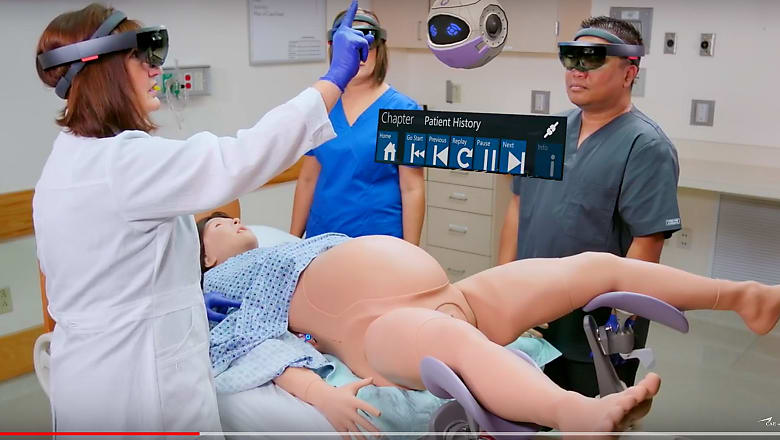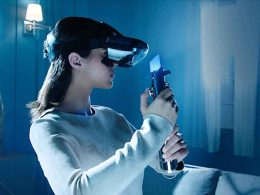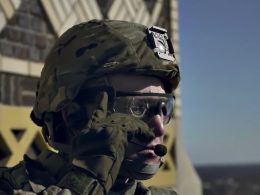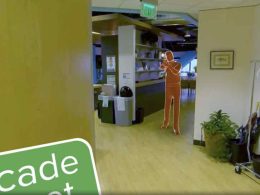Virtual reality in medical education: The 3D birth simulator called Lucina gives an idea of how this works. The first manikin reveals its interior through special 3D glasses. This makes it possible for the students to see how the birth process takes place in detail.
Today, there are already all kinds of corporate departments and companies developing medical training equipment, and one of these companies is, CAE Healthcare has now presented a very specific offer: It serves to train midwives as well as nursing and medical staff in obstetrics. "Lucina" is a birth simulator built for the Microsoft 3D glasses Hololens.
The training package includes mannequins of mother and foetus in real size - including stretchable joints or flexible uterus. But the 3D dimension is crucial: with the Hololens glasses, the students virtually see inside the body.
In the video you get an impression of how this is supposed to work:
https://www.youtube.com/watch?v=i7AsI1PBpyI&feature=youtu.be
The result is interactivity, where the birth process is followed visually and at the same time one can actively intervene in the real model in order to practise all the problems with all hands.
Other aspects can be simulated on an additional level: Via laptop and the corresponding software, the lecturers can, for example, "play in" changes in blood pressure, pulse or other vital signs. Or, to put it another way: "Lucina" also includes, for example, a series of simulated patient dossiers, which simulate a case on the screen - with allergies, drug reactions or even the pulse of mother and child.
Currently, 33 "Lucina" models are in use at American colleges and medical schools - the price is around 80,000 dollars.
Exploring the body with the finger
As is well known, the basic principle is not new. Other companies are also developing 3D programmes or holograms in which the human body can be explored with the touch of a finger. A new, intensive insight into the next generation of anatomy teaching is promised by, for example "3D4medical".
And similar tests are also underway at "Hololens" developer Microsoft itself. At the Lerner College of Medicine at the University of Cleveland, for example, prospective doctors experience the body three-dimensionally thanks to hologram programmes and the corresponding special glasses - and thus get a similarly concrete insight as on the real body. And they can explore the structures almost more finely.
https://www.youtube.com/watch?v=SKpKlh1-en0&feature=youtu.be
Source: Medinside









